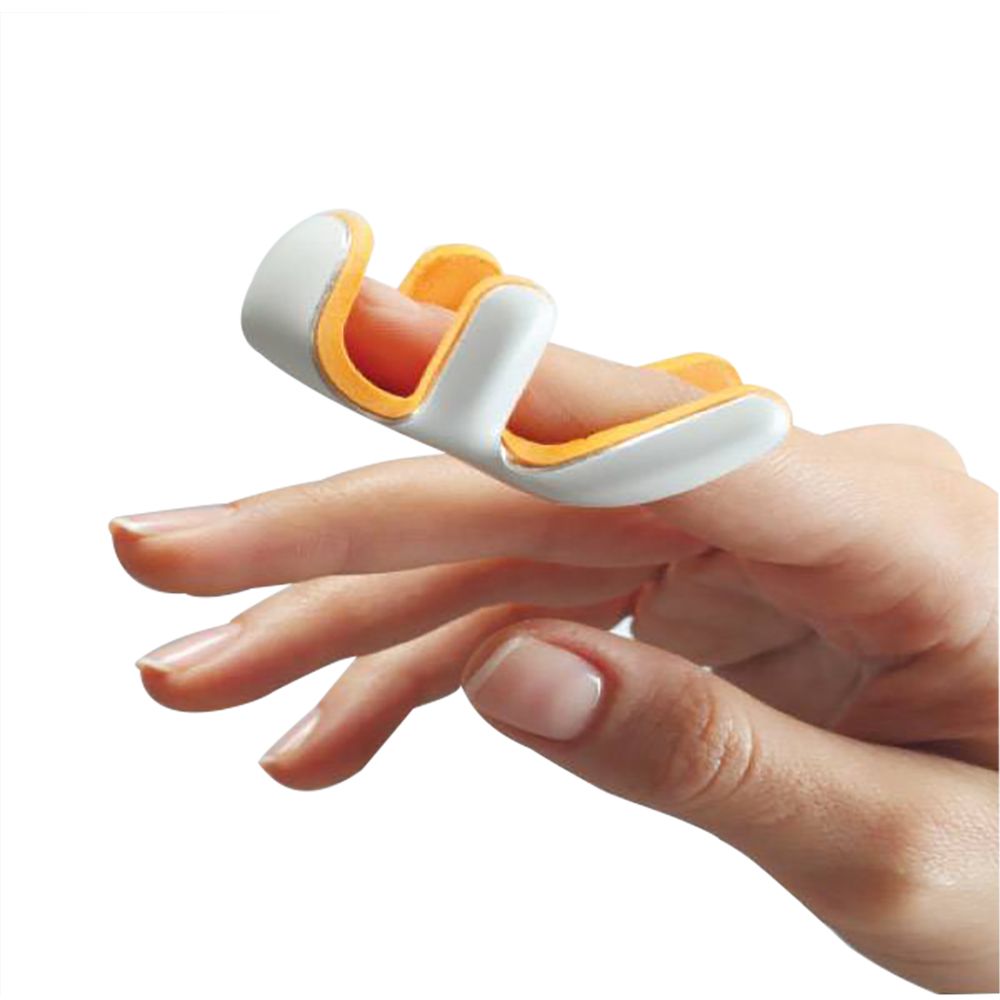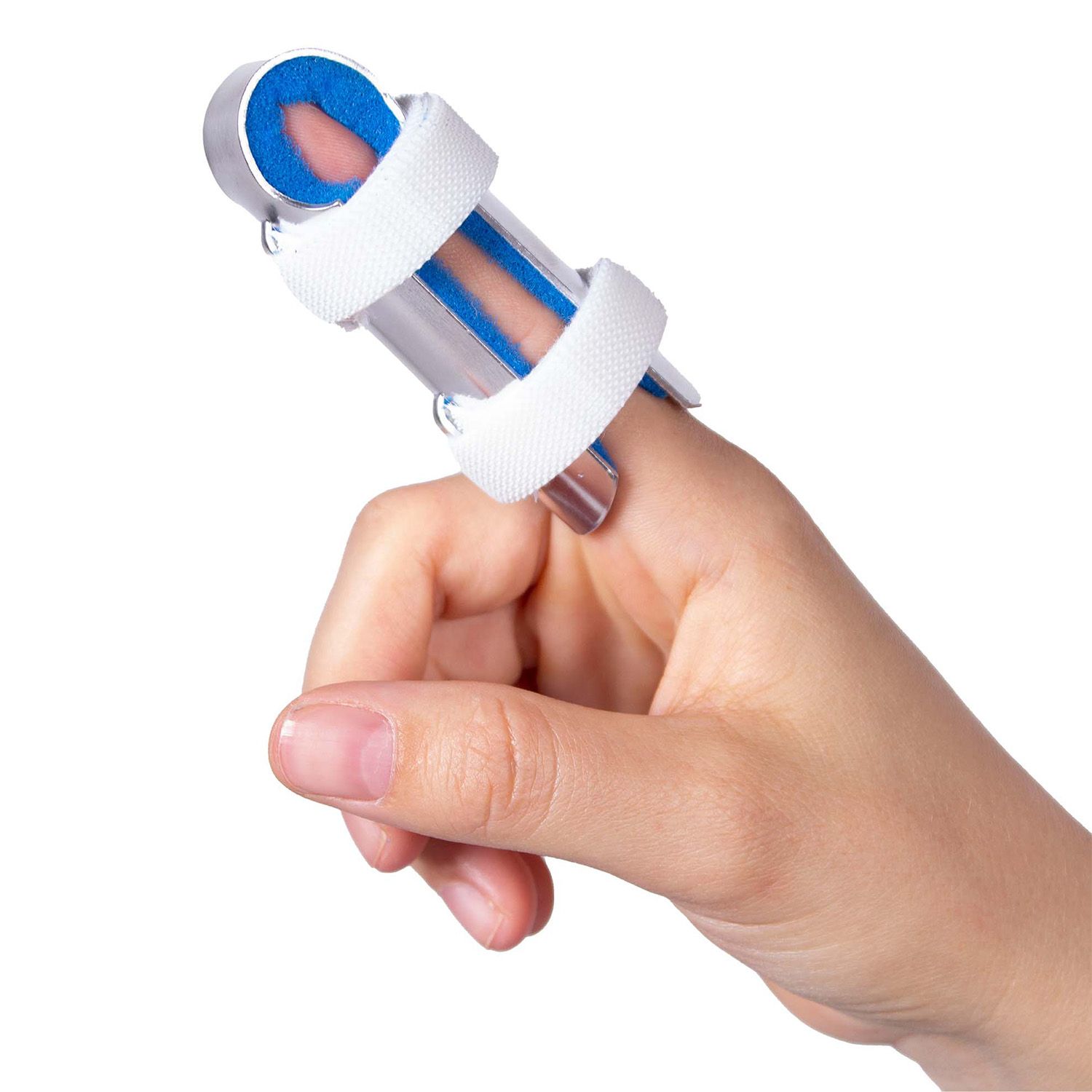Dupuytren's Contracture
In Dupuytren's disease, hardening of connective tissue occurs in the palm and fingers. As more hardened tissue develops, the affected finger is gradually pulled into a bent position, eventually making it impossible to straighten. The condition most commonly affects the ring and little fingers, and can occur in both hands at the same time. Read below to find out what you can do if you're affected by this condition.
What causes Dupuytren's disease?
The exact cause of Dupuytren’s disease is not fully understood. It is not considered a hereditary disease, although certain factors may increase the risk. These include smoking, excessive alcohol consumption, diabetes, epilepsy, or a previous hand injury. The condition occurs more often in men than in women. In fact, men are up to eight times more likely to develop Dupuytren’s than women.
What are the symptoms?
Most people with Dupuytren’s disease do not experience any major discomfort. However, some symptoms can occur, such as:
- Pain when driving
- Discomfort when shifting gears due to lumps in the palm
- Pain while gripping objects
- Fingers that bend permanently and cannot be straightened
- Reduced sensation in the fingers
How is Dupuytren's disease treated?
Dupuytren's disease is a benign condition. If you are not experiencing any discomfort, treatment may not be necessary right away. If the symptoms interfere with daily activities or work, a hand brace or finger splint may help.
For more noticeable symptoms, other treatments are available. Physiotherapy can be used to stretch the tightened connective tissue strands. In some cases, injections are administered directly into the tissue to help loosen it.
Surgical intervention is often chosen in more advanced cases. In surgery, the affected tissue is either cut or completely removed. This helps straighten the fingers and reduce pain. Unfortunately, Dupuytren’s disease cannot be cured completely. Even after successful treatment, symptoms may return over time.

- Physiotherapist
- Sports podiatrist
- Manual therapist
- Podopostural therapist
- Myofascial dry needling specialist





